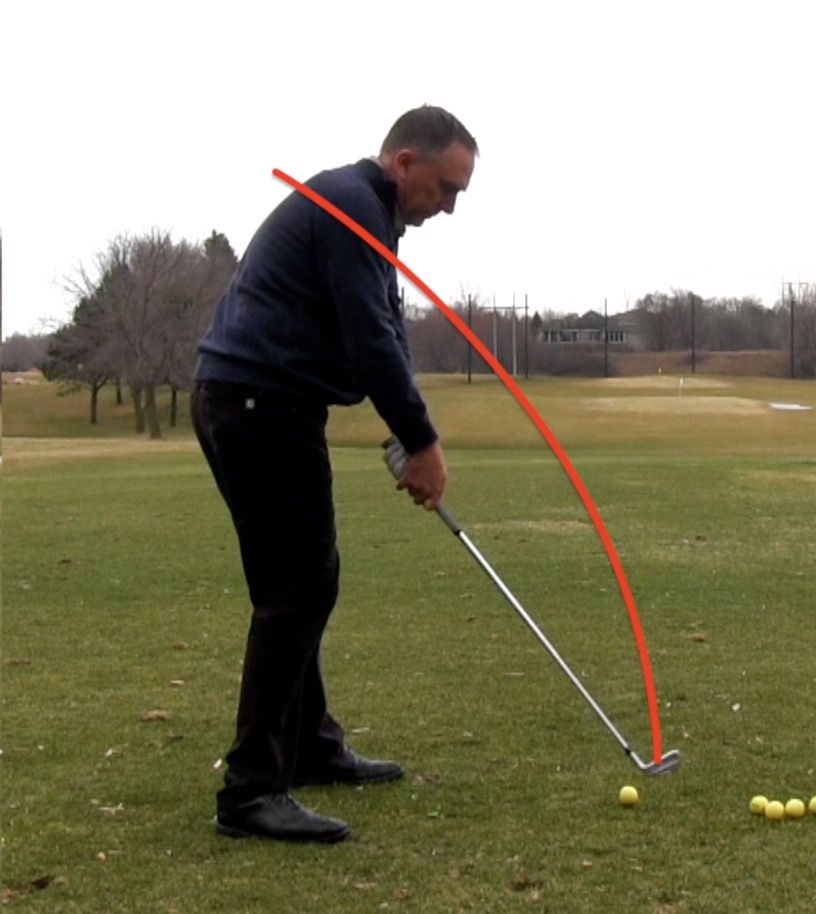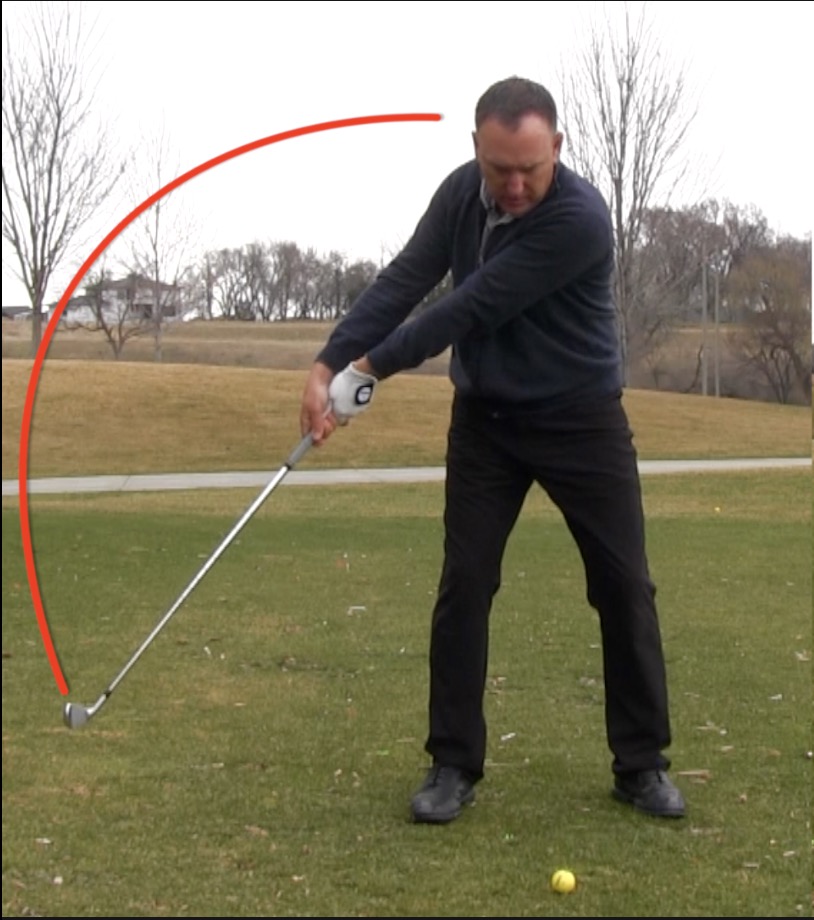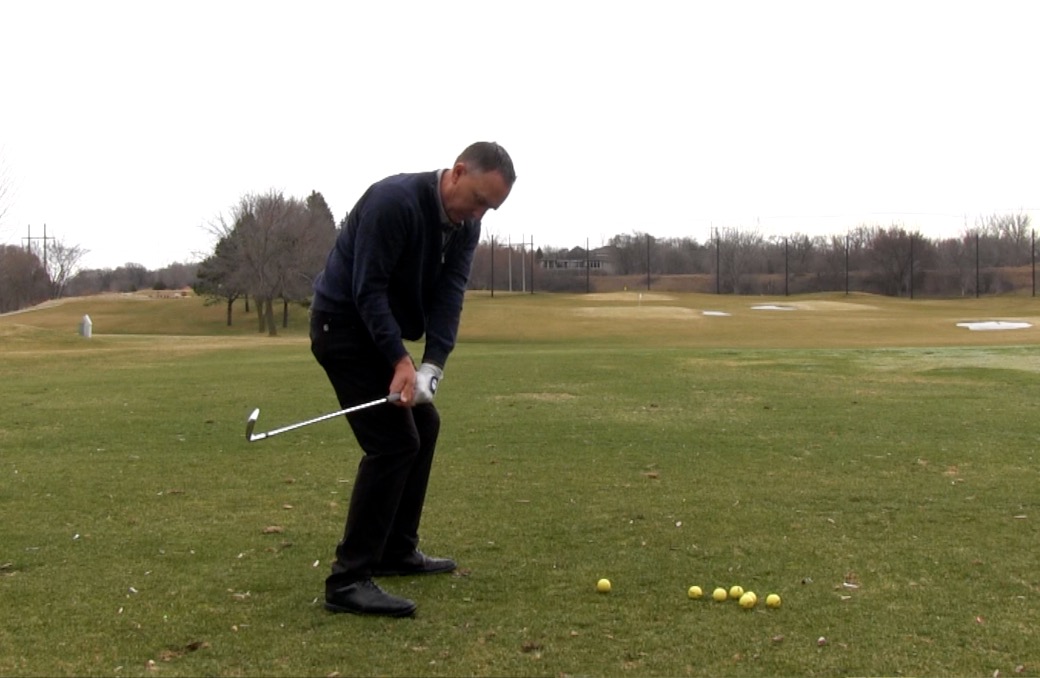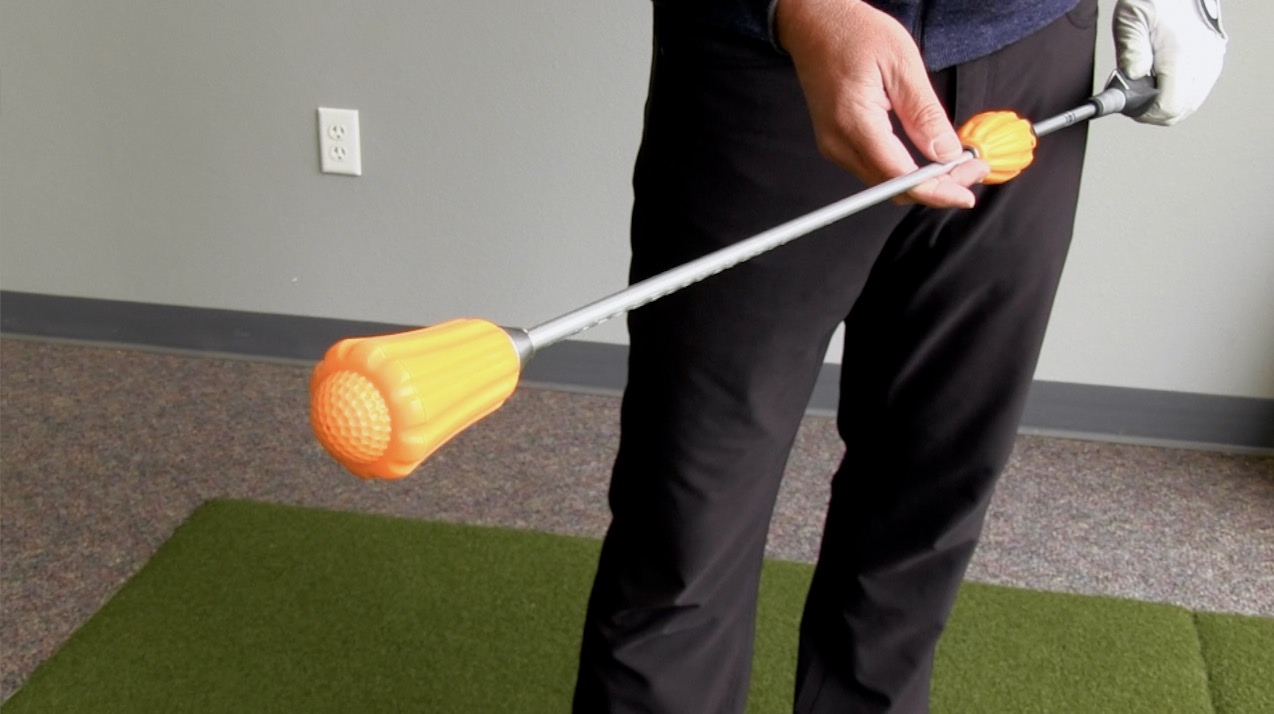Casting vs Over the Top: Exploring the Difference
Casting vs Over the Top: Make Sense of Confusing Advice So You Can Finally Fix Your Golf Swing
Has anyone ever told you to stop to casting in your golf swing? Have you heard that coming over the top is a bad thing? Do you have any idea what the difference is between casting vs over the top?
If you’re confused, it’s not just you. “Casting” and “coming over the top” are both errors that occur in the downswing and are all-too-often mentioned interchangeably. While these habits are not same, they do tend to go hand-in-hand. A lot of golfers struggle to differentiate the two. And when the problem becomes muddied, there’s little chance of finding a clear solution.
One of the most important things a golf coach does is create clarity and eliminate confusion. If you’re a little lost on the topic of casting vs. over the top, I’ve got you covered. I’m going to explain what each term means and teach you how to fix both of these bad habits.
To put it in the simplest terms:
- Coming over the top is a directional issue.
- Casting is a timing issue.
Now, let’s take a closer look at both.
What is “Over the Top” in a Golf Swing?
The big difference between Casting vs Over the Top is found in the root of the issue.
If you’re coming over the top, the root problem is that you’re leading the club in the wrong direction. “Over the top” means your hands, arms, and club are all moving out and across the body, then sweeping back in to the left (if you’re right-handed).

A few signs that you’re coming over the top include:
- You’re more prone to slicing the ball.
- You struggle to make solid contact.
- You’re having a harder time with your driver than with your irons.
Now, how is that different from casting?
What is “Casting” in a Golf Swing?
As I mentioned, casting is not about direction; it’s about timing.
If you’re casting, you’re releasing the energy of the club too early.

As you likely realize, every move you make in your golf swing is meant to create power or transfer the flow of energy. The ultimate goal is to optimize your clubhead speed so you can optimize ball speed and, as a result, maximize distance.
There comes a moment in your downswing when you release all that stored energy. Ideally, this moment comes at impact so you make contact with the ball when your clubhead is traveling at maximum velocity.
Casting refers to a motion in which you release too early, spending all that stored energy on nothing and catching the ball as the clubhead is slowing down.
Is your head spinning a little? That’s perfectly normal. It’s no small task to master the timing of release. Rest assured, I’m about to share a solution that will help you stop casting with minimal effort.
Solutions for Casting and Coming Over the Top
If you’ve tried to reverse one or both of these habits in the past with no success, one problem may just be that you haven’t been able to differentiate between them.
Though it’s not always the case, most golfers who are in the habit of casting also tend to come over the top, and vice versa.
If you’re struggling with both issues, you need to solve them as separate problems. Here’s how.
How to Stop Coming Over the Top
I call this simple solution “Right Knee, Right Field.”
Choose a reference point within the motion of your swing. This could be your arms, your hands, the grip on your club handle, the clubhead . . . anything.
As you make your downstroke, think of working that reference point from the right knee up towards right field. (This, of course, assumes you’re right-handed. Lefties can reverse this advice.)
This state of mind helps you create the opposite of that over the top direction, so you can stop slicing the ball and start getting better contact.

How to Stop Casting
As I mentioned before, getting the right timing for release is borderline impossible, especially if you don’t have a coach to guide you through it.
That’s why I recommend using the Power Stick to solve the issue of casting.
The Power Stick is an incredibly simple training aid that helps you find the right timing for maximum speed. It also has a couple bonus features like a grip that guides your hands into perfect placement (I love this for my students) and a light shaft to help with swing tempo. Tempo is another important tool for distance. There is a notable difference between swinging hard and swinging fast. Higher speed is how you get distance, and you need good tempo to amp up your swing speed.
The headline here, though, is that the Power Stick features a moveable magnet that releases from the top of the shaft at the same moment that you release the energy stored in your club. The magnet slides down the length of the Power Stick and collides with the stopper at the bottom when you reach top speed. That’s when you hear a loud pop.
The goal is to hear that pop on the target side of the golf ball. If you hear it earlier than that, you know you’re still casting.
My students find that timing isn’t so hard when they have that auditory feedback. In fact, it can take just minutes of practice with the Power Stick to get the feel of proper timing into your body.
And really, that’s the ultimate goal here: to take all the confusing mental work out of improving your swing and learn better physical habits instead.

Casting vs Over the Top: An Overview
Now that you’ve gotten the long version, here’s a quick recap:
“Over the Top” is a directional issue. It happens when you move your arms, hands, and club out and across your body.
The Fix: Think “right knee, right field.” Feel your arms, hands, grip, clubhead—any reference point in your swing—working from your right knee to right field (if you’re right-handed).
“Casting” is a timing issue. It happens when you release the energy stored in your club too early on the downstroke.
The Fix: Practice your swing with the Power Stick, working to make the pop sound happen on the target side of the golf ball.
Now you can clearly differentiate between these two habits. Just as important, you have clear solutions to tackle them individually. This means you’re just a few practice sessions away from a more powerful swing and longer distances.
Do You Have Solutions to Share?
I shared my favorite fixes for casting and coming over the top, but if you have drills of your own, I’d love to hear them! Please share in the comments below.
Also chime in with any questions you have or even differences of opinion. I’m always down for a good golf debate!
And be sure to follow us Facebook, Twitter and Instagram for more product reviews and information on new brands. Our primary goal is always to help you play better golf. For helpful video tips, subscribe to our YouTube channel!
Also visit us at GreatGolfTipsNow.com for more tricks and insight on all aspects of the game. We’re always here to help you play better golf.


Todd, I have been trying to contact you in reference to what the $67.90 you are asking for to join the Vertical Line Swing. Is this an annual fee, one-time fee?. Thanks for your help.
Hi Todd – Thanks for your golf tips and instructions. I am an 85 y/o avid golfer who has lost much flexibility and your instructions help me play as well as I can. Recently, I have noticed that I have lost the grip with the three fingers on my right hand (I am a right handed golfer) and when I am transfering from the back swing to the down swing I am losing the grip on my right hand and therefore the club is moving from under the pad to the center of my hand. The result is lots of things – hitting thin and topped shots as well as losing the direction on the face of the club, which results in shots like a shank, and not getting any loft on the shot. Do you have a solution or tip on better maintaining the grip with the left hand.?
Todd: In my post I said I was losing the grip with the three fingers of my right hand. That was a mistake, I am losing the grip with the fingers on my left hand which causes the club to move to the center of my left hand. Thank you.
Using a driver
shoulder to the right
hips to the right
feet to the right
the face of the driver where is it ,to target or right.
Thanks for reaching out Tracey! To get access to the Vertical Line Swing series, it is just a one-time payment. If you have any further questions feel free to email nick@usgolftv.com. Thanks for following our content!
Donald,
Good question. Anytime a student is loosing their grip, I look for the placement of the club in the hands. If the club is placed in the hands correctly, it should not move around. Here is a good video to help https://youtu.be/yyI_jIXvtwo